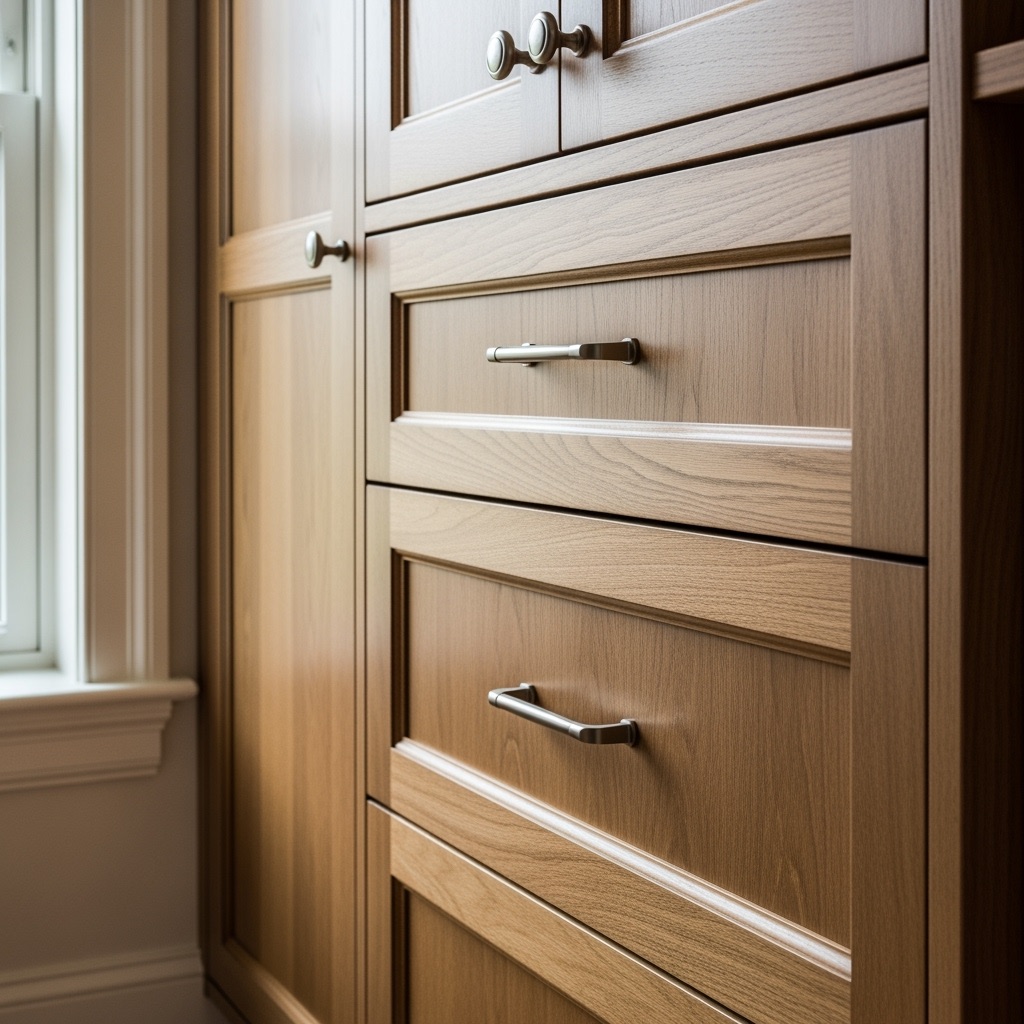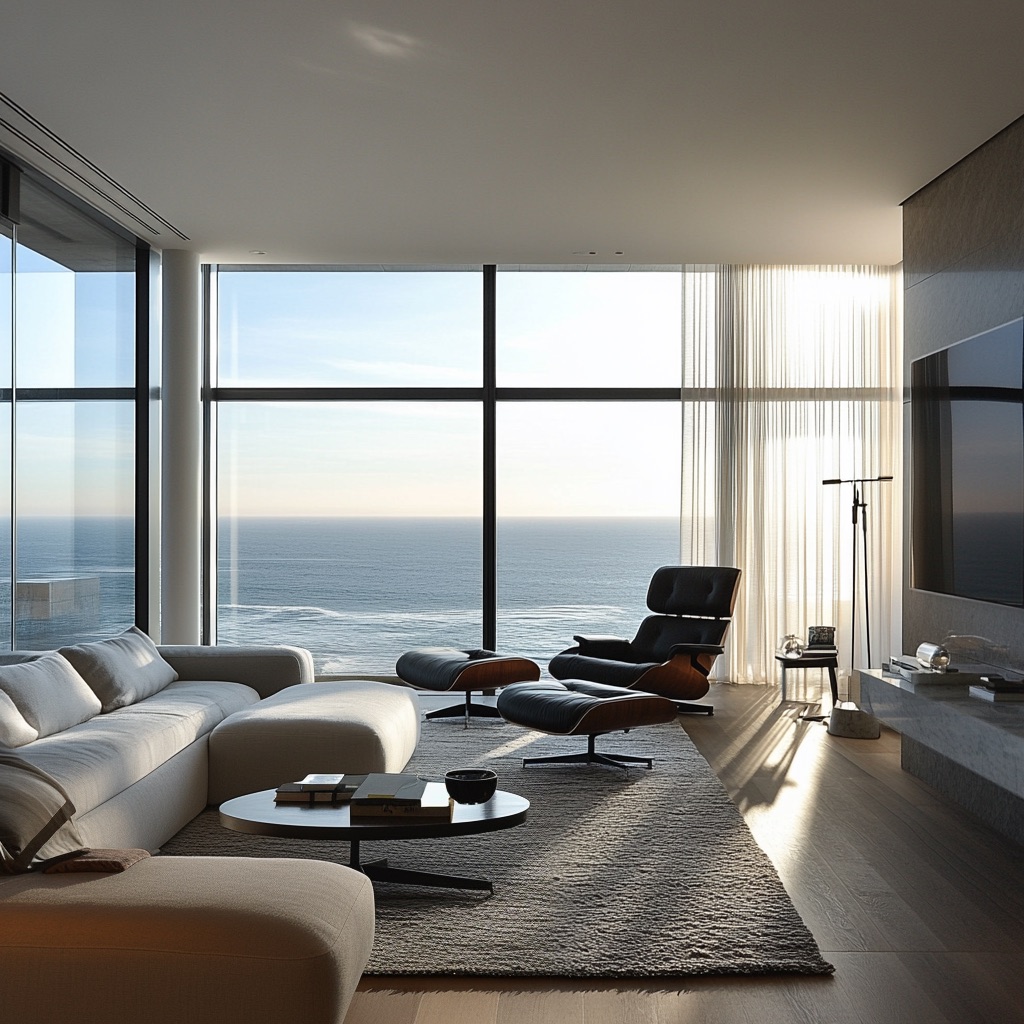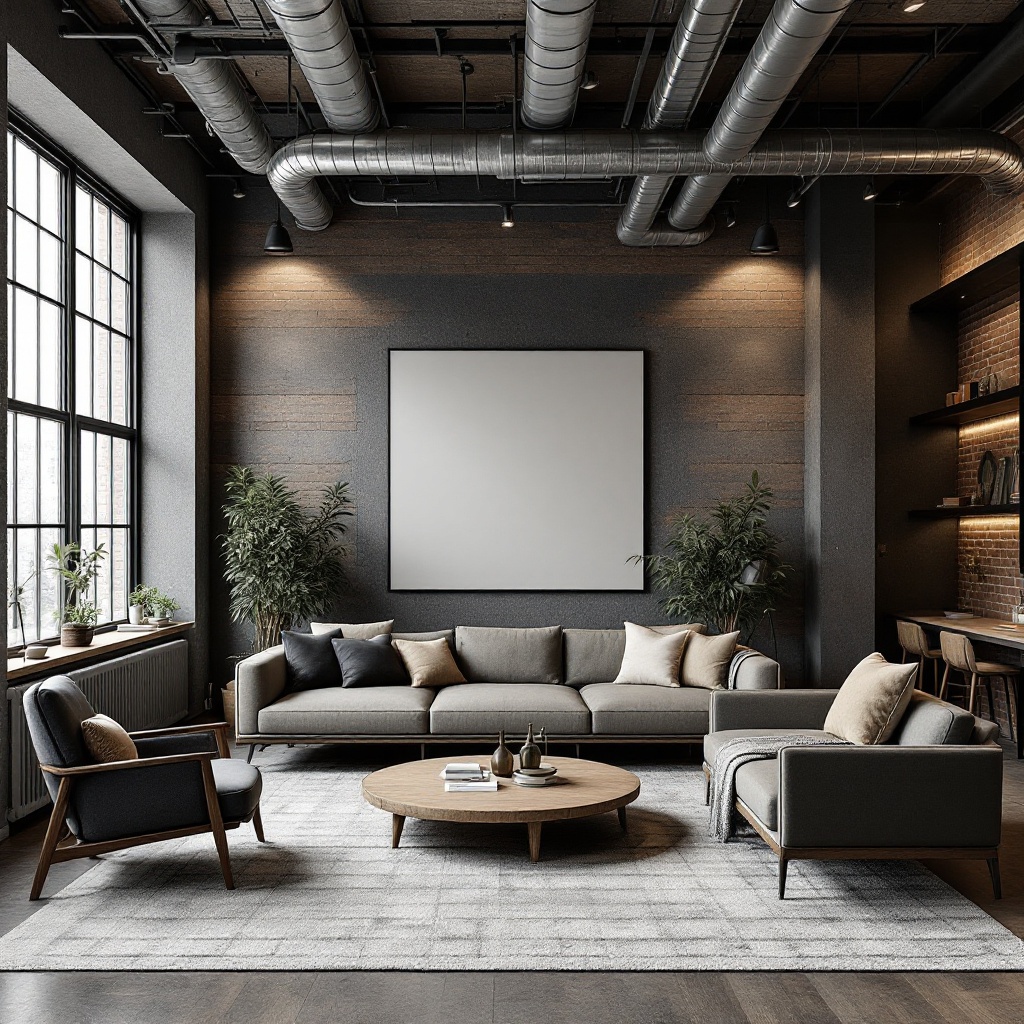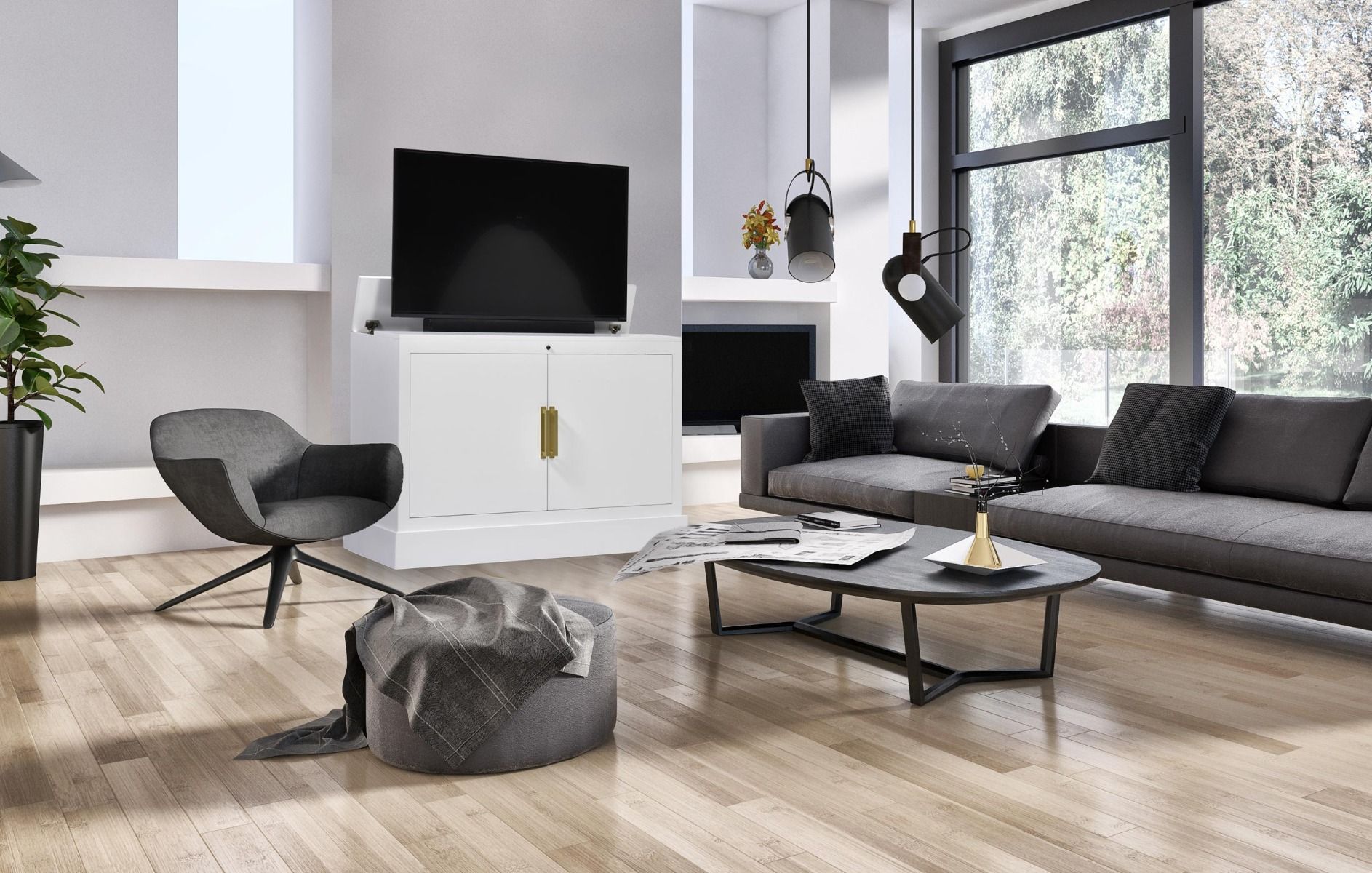Last updated on
These are the six steps to a successful paint booth design. Read on!
Are you planning to design and build your own paint booth? If so, it is important that you take the time to plan out each step of the process carefully.
With a well-thought-out plan, you can ensure that your paint booth will be safe and efficient for years to come.
So here are some smart steps for designing a paint booth – from choosing an appropriate size and shape and selecting materials and ventilation systems to consider fire safety requirements, and more.
This way, you should have all the information needed to create a successful design for your new paint booth!
Proper Lighting and Ventilation

The right lighting and ventilation systems will make all the difference when it comes to safety and efficiency in your paint booth.
Make sure you select an appropriate size, shape, and number of light fixtures so that they are level with the surface being painted – this will reduce shadows, drips, and uneven coatings. And be sure to choose a ventilation system that is powerful enough to move any excess fumes away from the work area as quickly as possible.
Professional commercial LED lighting for paint booths is something you should definitely look into to get the best possible equipment. Other options for improving ventilation include adding an exhaust fan and/or a roof-mounted vent.
Fire Safety Requirements

Safety should always be your top priority when designing or building anything. When it comes to painting booths, this is especially important due to the flammable nature of many types of paint.
To ensure that your design meets fire safety requirements, you must consider what type of materials you will use for the booth and how they will affect flame spread, as well as any other potential hazards such as electricity and combustible liquids.
It’s also a good idea to install smoke detectors near the painting area in case of fire accidents.
Layout and Design Considerations
Your layout should take into account how much space you have available and what type of equipment will be used in the booth.
Think about where the best places are to mount lights, vents, and other fixtures so that your work process is as efficient as possible. Be sure to also leave enough room for any workers who will be in the booth at any given time, as well as for storage of paint supplies and tools.
Consider adding an area for mixing paints – this will make it easier to adjust colors and create custom shades without having to leave the booth.
Finishing Touches
Once you have the basic layout and design of your paint booth in place, it’s time to start thinking about additional features that can help make your work process easier.
For example, adding a drop-down shelf for tools or a spray gun mount can be great for improving efficiency. You might also want to consider installing soundproofing materials in order to reduce noise levels within the booth – this will make it more comfortable for workers and reduce distractions.
Setting Up Your Painting Business
Once your paint booth is prepared and ready to go, the next step is to set up your painting business. Make sure you research industry regulations and consider investing in professional equipment such as paint guns and a compressor.
Look into obtaining insurance for your business as well as any necessary licensing from local authorities. And, of course, don’t forget to market your services – this will help you reach out to potential customers and get your business off the ground.
Investing in Marketing
Marketing your new painting business is essential to getting it off the ground and on its way. You can start by creating a website or social media presence, and then reaching out to potential customers through these channels.
Look into developing a portfolio that showcases some of your best work – this will help you get a leg up on the competition! If you’re setting up a car paint booth, consider attending car shows and events as well – this is a great way to get your name out there and build relationships with customers.
Don’t forget about traditional forms of advertising such as ads in local newspapers or radio commercials. These may take more time and effort to set up than digital marketing, but they can be an effective way to get the word out about your new business.
Setting up a paint booth is no small task. It requires careful consideration of many different elements including safety requirements, design considerations, finishing touches, setting up your business for success, and investing in marketing efforts.
With all these things taken into account though, you’ll be well on your way to having a successful painting business that meets the needs of your customers and ensures their safety.
Recap




